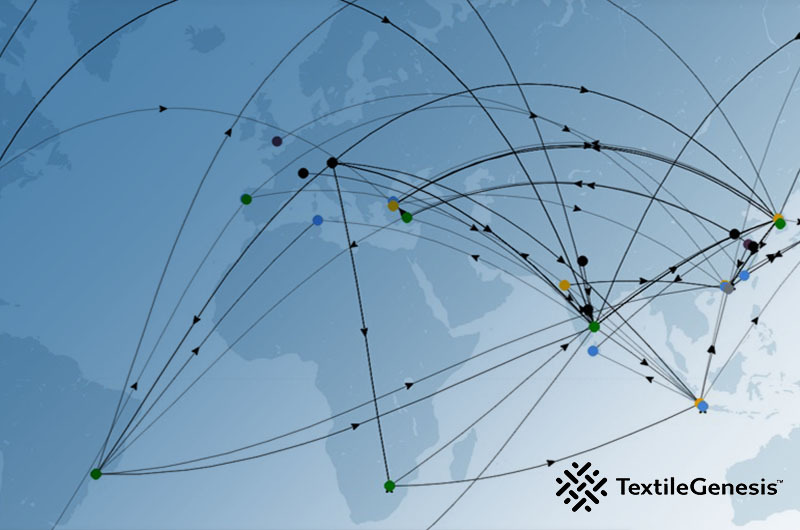Quality data insights from USTER® STATISTICS comparisons to optimize and advance your operations
Analysis of the global sample collection of Uster Technologies – the data that the new USTER® STATISTICS is based – provides interesting insights into the current fiber quality benchmarks for the industry. Comparison of USTER® STATISTICS 2013 and 2018 identifies a number of fiber trends.
Spinners can leverage this newest data on fiber quality to find wider applications for their yarns – with some cotton varieties now ready for a ‘one-size-fits-all’ approach to meet customer demands. USTER® STATISTICS comparisons suggest yarn manufacturers could gain a significant competitive advantage by identifying these trends – and acting upon their implications for their business.
Read on to see the top three fiber characteristics trends our experts highlight as critical to helping optimize the quality of your operation’s output.
1. Cotton Breeding Impact
Comparing the USTER® STATISTICS 2013 and 2018 data, short fiber content of raw cottons has decreased. This applies especially to cottons with longer staple lengths. Fig. 1 clearly shows, for example, that a 31 mm long cotton fiber in 2018 had, on average, a short fiber content of 6.99 % at USP™ 50 %. Previously, in USTER® STATISTICS 2013, it had 7.96 % of short fibers.
Fibers with staple lengths of 33 to 34 mm showed a greater difference between the two editions of USTER® STATISTICS (Fig. 2). For every length group, the short fiber content was always lower in the 2018 edition. Breeding programs of the past few years have apparently made a positive impact. Cotton breeders have been focused on fiber tenacity, especially regarding long staple qualities, to facilitate fine yarn counts, which typically have a low number of fibers in the cross-section.
2. Length Categories Merging
Fig. 3 shows the micronaire distribution across the fiber length range for USTER® STATISTICS 2013 (colored circles) and 2018 (semi-transparent circles). The focus is not on the micronaire distribution on the y axis (to be discussed later); rather it is on the length distribution on the x axis. Even allowing for the fact that we tested many more samples for 2018, the semi-transparent circles show that the medium-long staple (29 – 31 mm) and extra-long staple (>36 mm) are merging with long staple (31 – 36 mm). The reason for this trend can also be seen in some of the main cotton-growing areas. Many of the fiber qualities cultivated in the United States, Australia and Brazil today fall between medium-long and long staple fibers. These areas account for a huge ratio of world cotton production and likely reflect demand on the world market. For instance, some of the long staple varieties in US perform well in fine-count yarns. This provides a cheaper alternative to the extra-long staple cottons, which tend to have lower availability and are therefore more expensive on the world market.
3. Wider Range in Micronaire
The range in Micronaire (Fig. 3) has increased for long staple and extra-long staple cottons. It is not clear if this is a result of breeding or growing conditions/drought between the 2013 and 2018 periods in which data was collected. However, one implication is possibly a wider application range for some long staple and extra-long staple cottons. Another implication is a negative impact on the long and extra-long staple cotton price, with higher Micronaire possibly attracting a discount.
Summary
It’s clear from the cotton fiber data collected for USTER® STATISTICS that cotton breeding programs such as those in the United States have had a positive impact on fiber quality available for spinning mills. It is also evident that there is a trend to consolidation in the staple length that might be used universally by spinning mills. Perhaps long staple varieties will be able to supplant extra-long staple varieties for certain applications, owing to lower short fiber and higher tenacity compared to just a few years ago.
In that case, many varieties like the ones grown in the United States and other parts of the world will be in demand globally as a kind of ‘one-size-fits-all’ solution for various spinning applications and systems.




